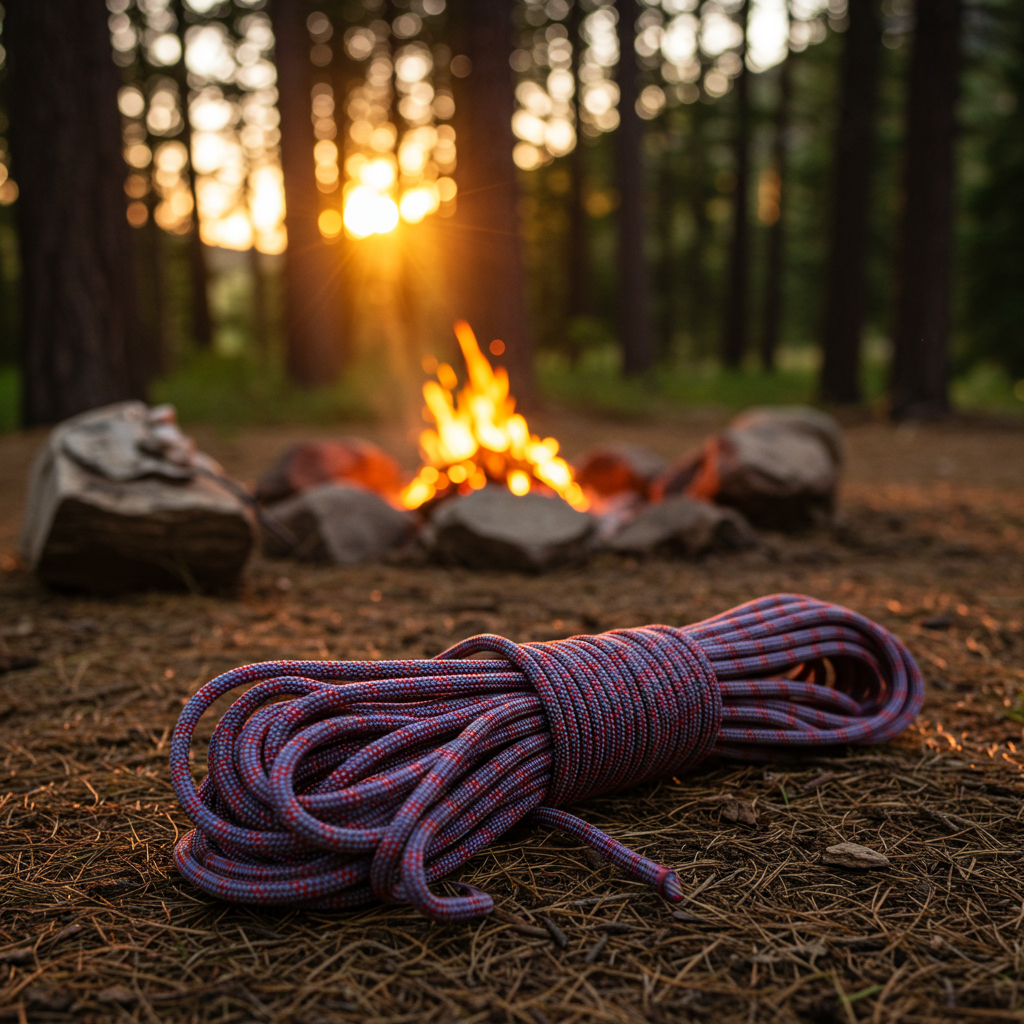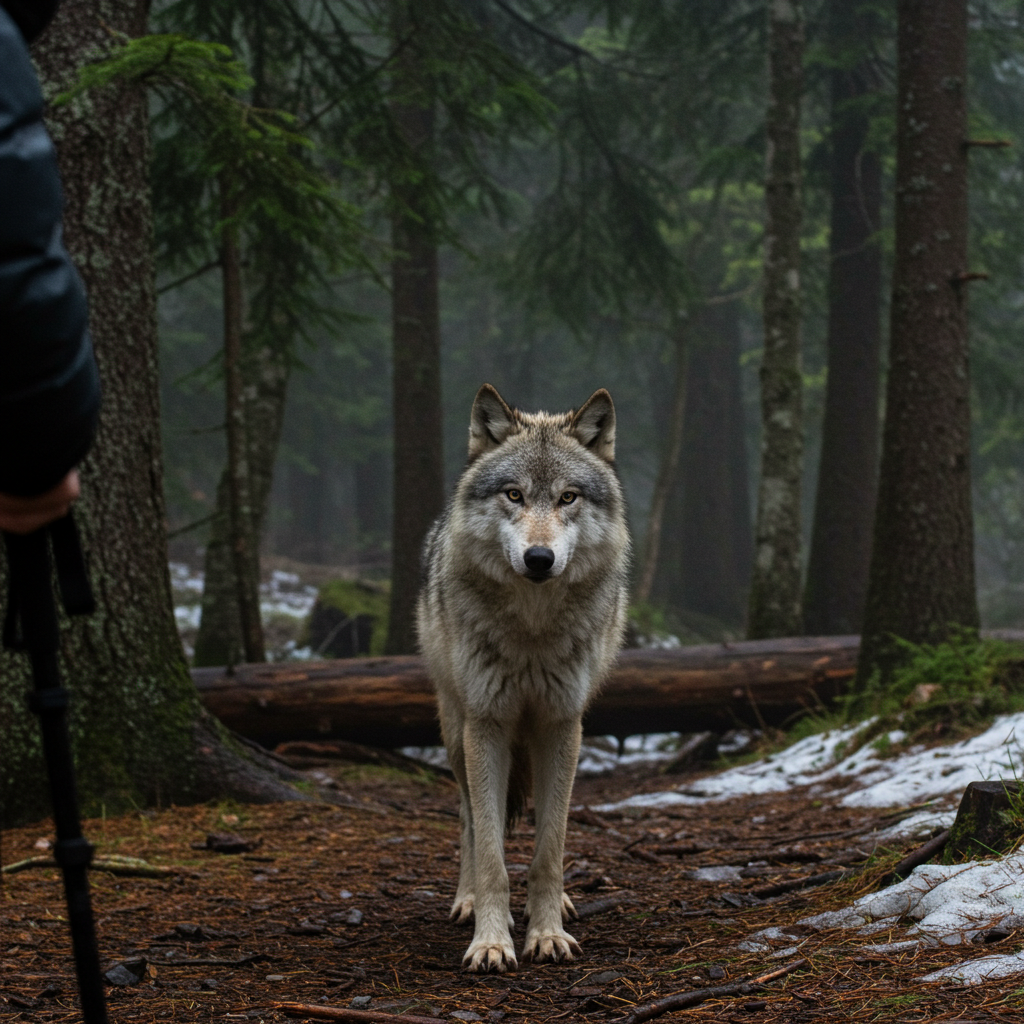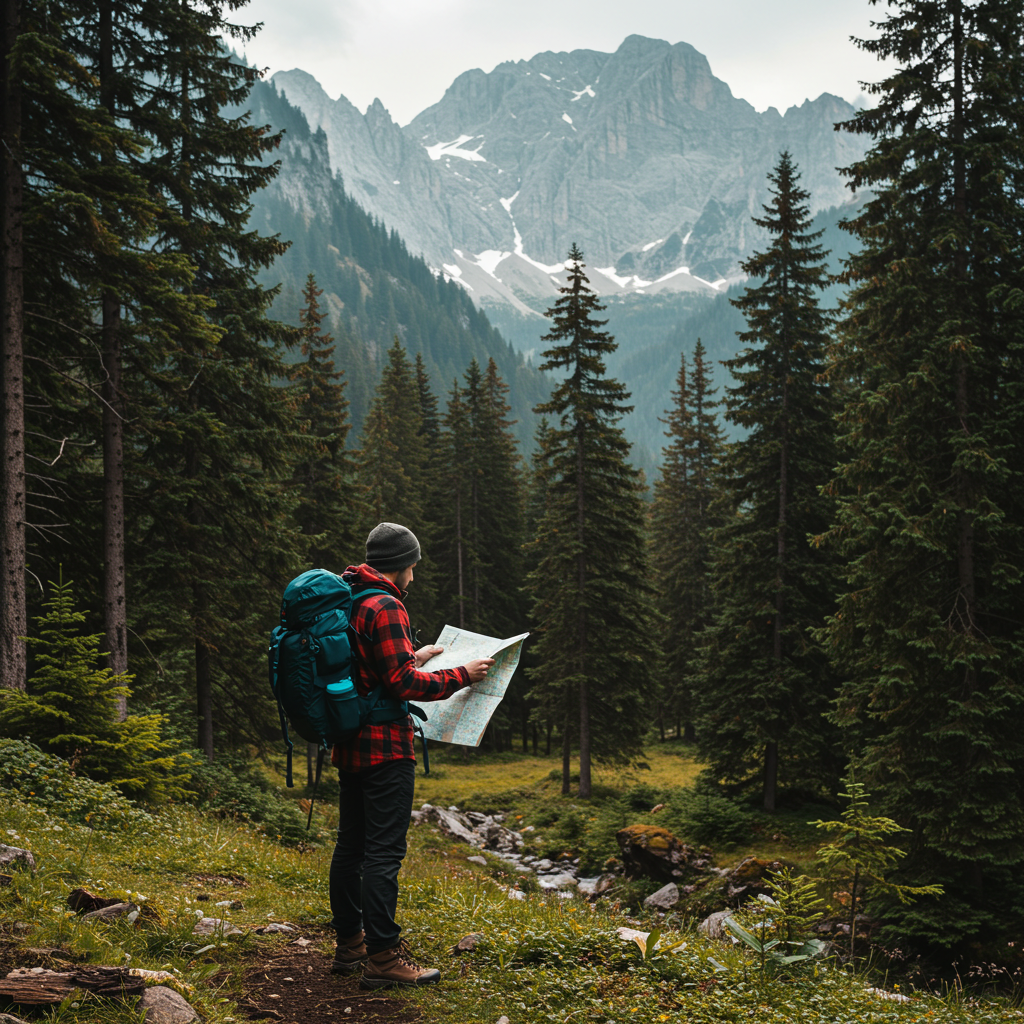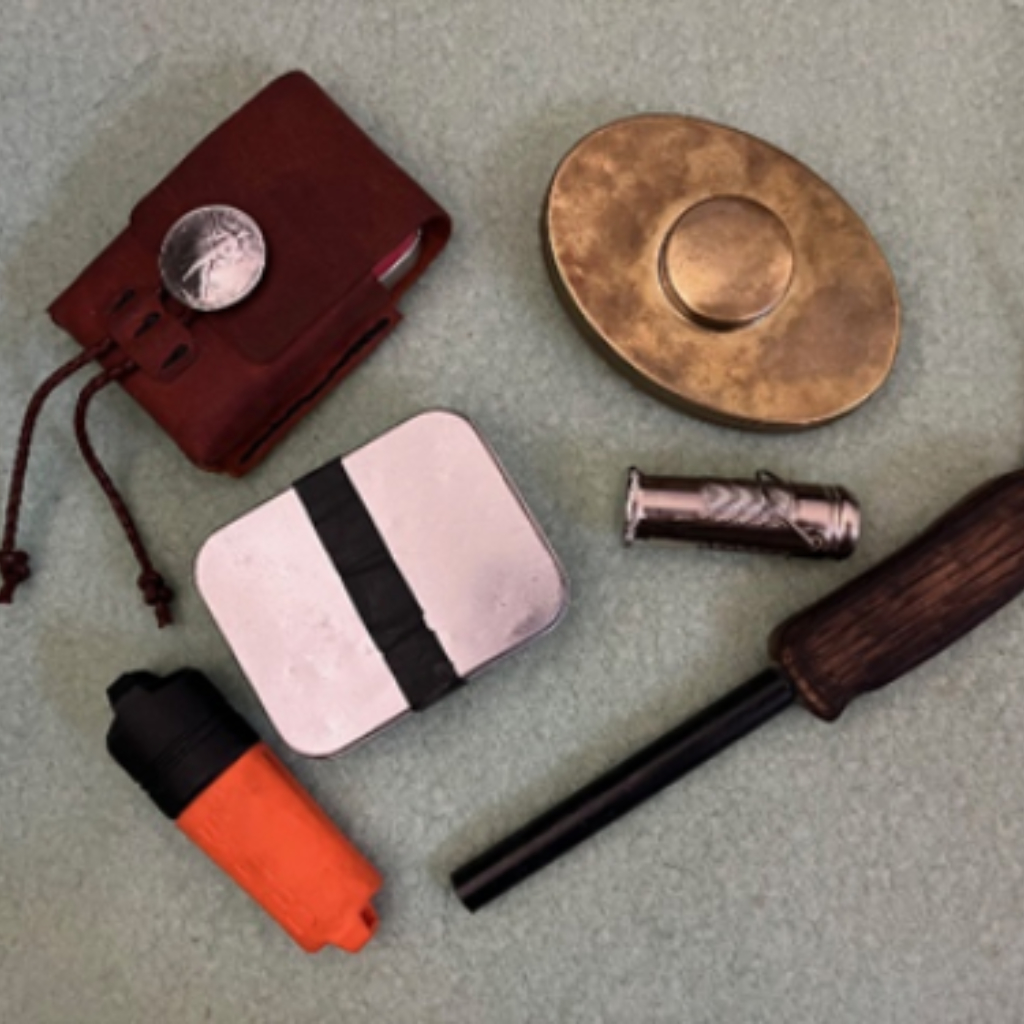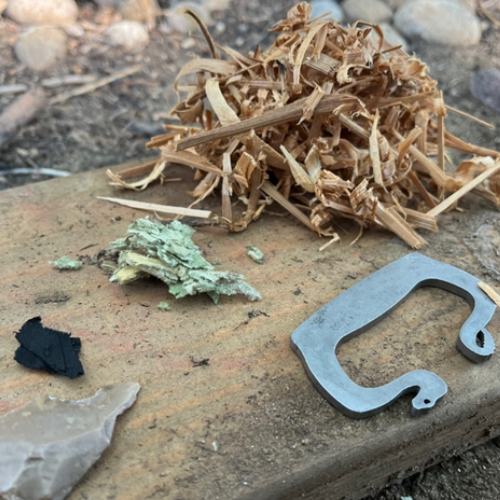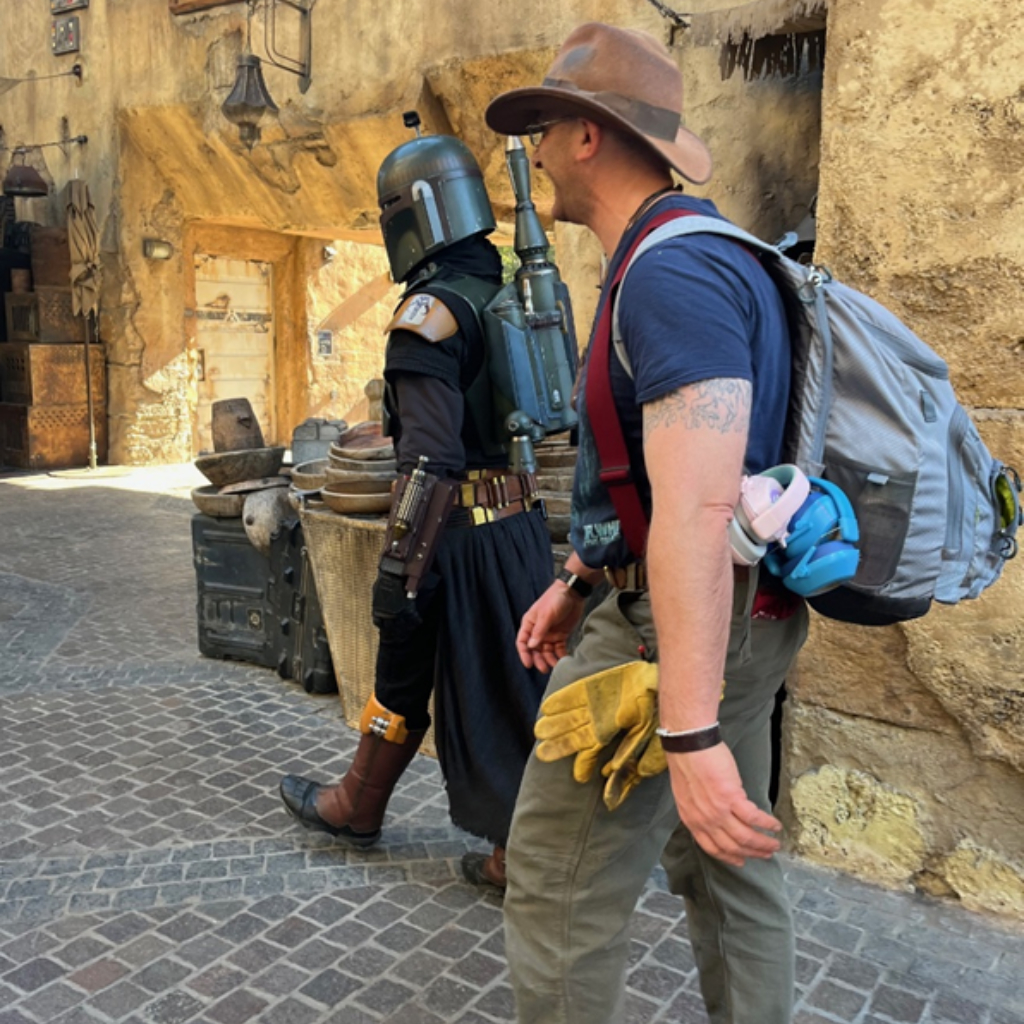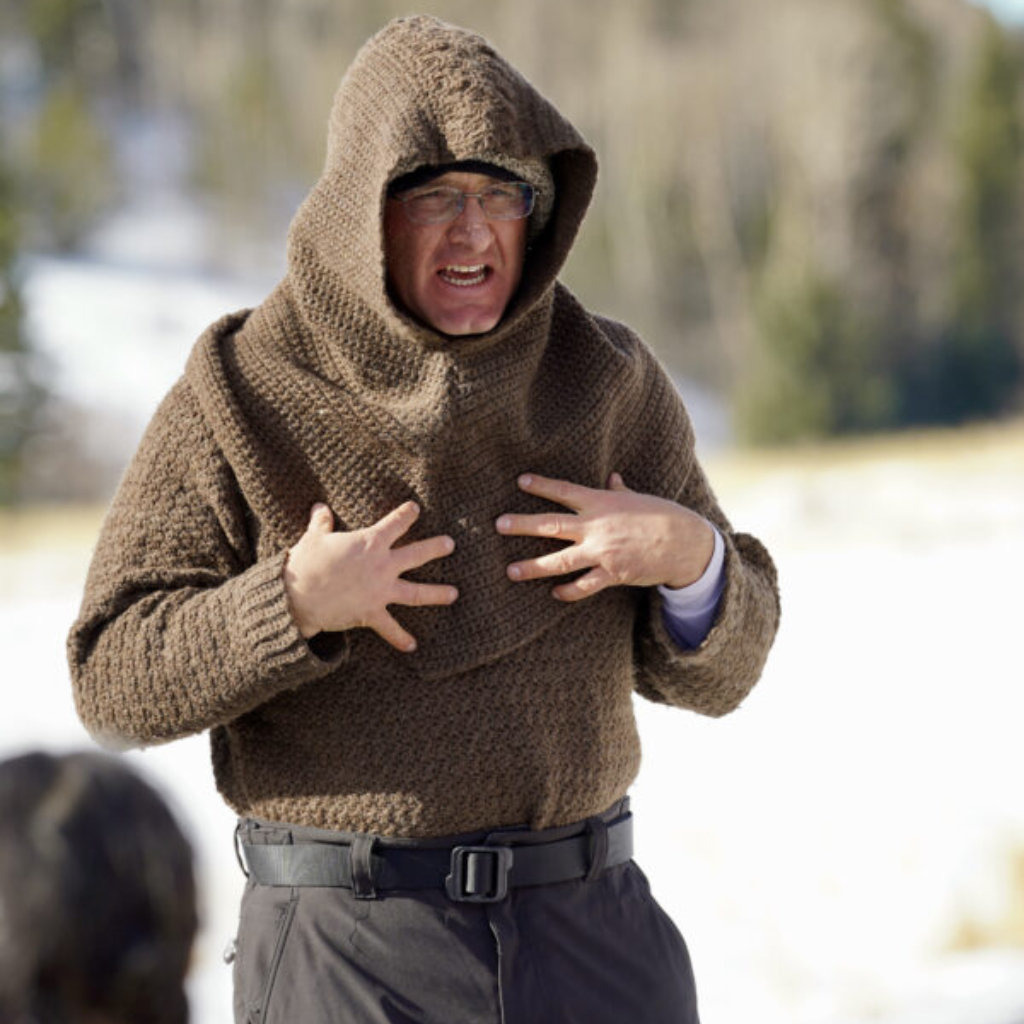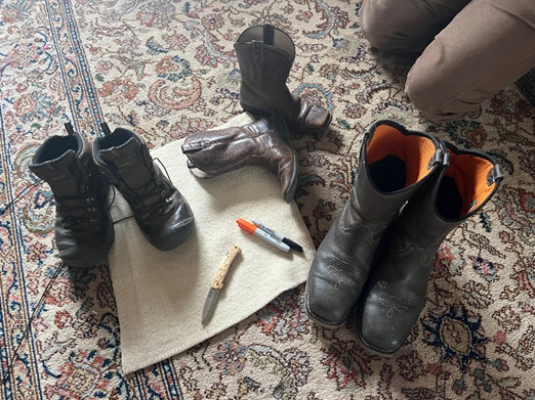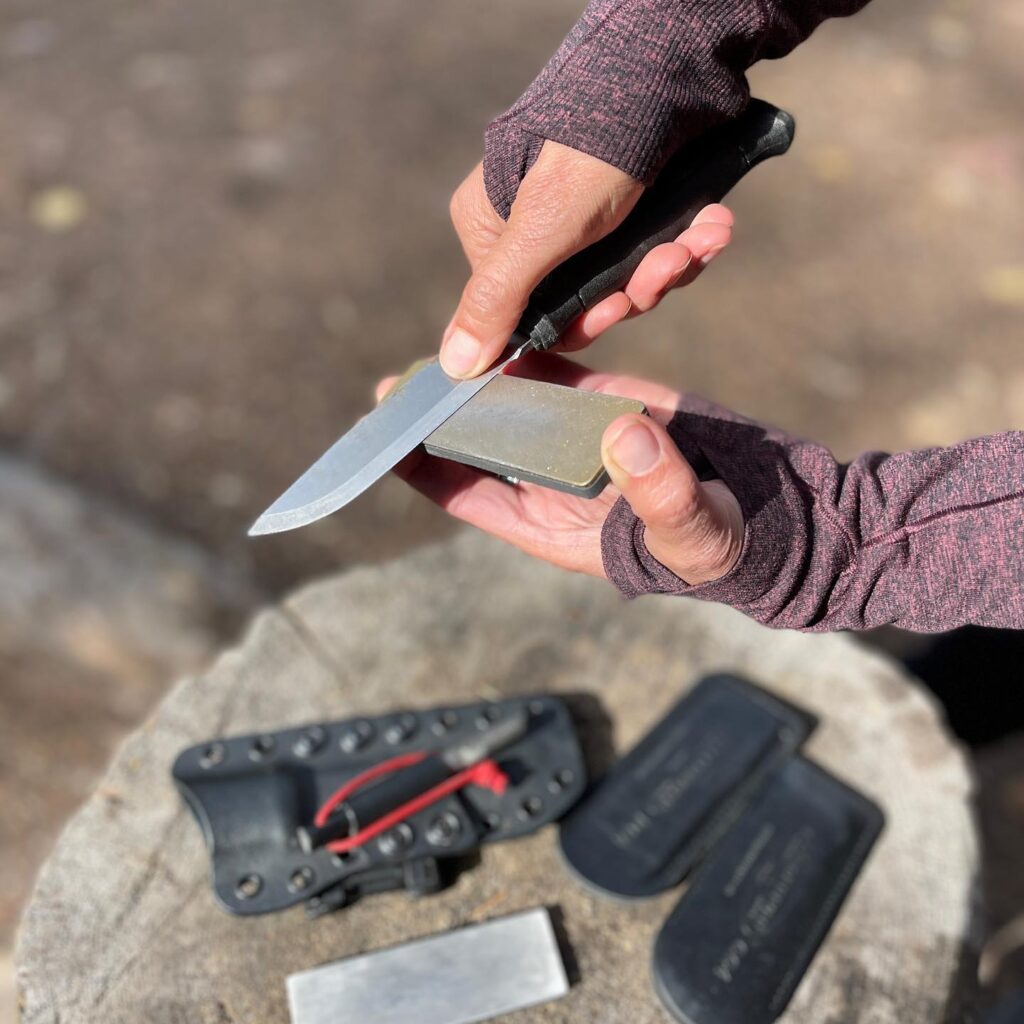Cart
5 min read
How to Dig a Seep Well
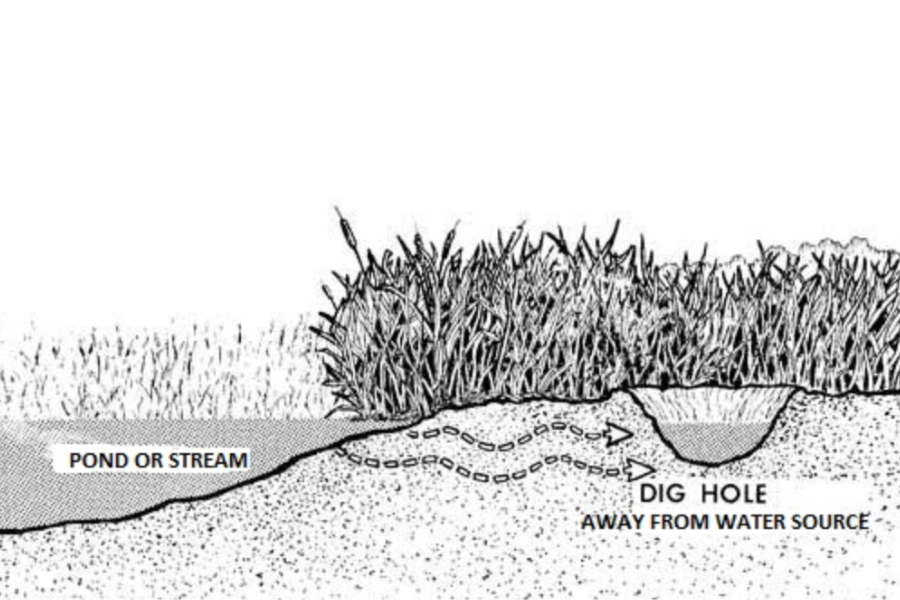
What is a Seep Well?
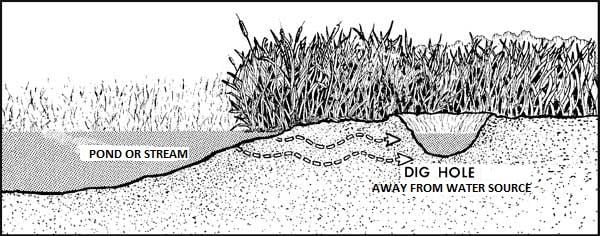
Essentially a seep well is a hole dug in the ground, near a water source that goes below the natural water table. The water from the water table seeps through the earth and into the hole that you dug. If the hole is dug the correct distance away from the original water source, your water is naturally purified. Albeit that is will most likely have some sediment, it is generally safe to drink.
You can dig a seep well anywhere there is a fair amount of groundwater and in a survival situation it doesn’t have to be all that deep. What is more important is what type of soil the water passes through and how long it takes for this process to happen. Streams, rivers, ponds, lakes, swamps and even areas that are constantly muddy are all suspect for a seep well. The success of your seep well is greatly determined by the location of your well and the depth of the water table.
There are however, many variables that could make this water unsafe.
- If your seep well fills with rainwater runoff from a recent storm, your water is now contaminated with whatever was carried to it from the ground surface. If you do have a rainstorm after you dig a seep well, we suggest you dig a new well and start over or empty your existing well of all water and repeat the steps given below.
- If there is an excessive amount of heavy minerals in the soil, the water could again be unsafe to drink.
- If wildlife finds your seep well and uses it to drink from. This is highly likely unless you guard your seep well 24×7.
- There is no set distance that one should dig a seep well from a water source. It all depends on what material the water has to pass through before it enters the well. Sand allows water and contaminates to easy pass through, so a seep well dug in sand needs to be of a far greater distance than a seep well dig in clay. If you do not dig the seep well far enough away from an open water source, your water may still be contaminated. If you dig it too far, it may never fill with water.
How to dig a seep well:
- The first step is obviously finding a location. While low lying areas tend to gather more water, the top of a hill or mountain could just as well provide you with a successful water source. If there are no open bodies of water present, look for a muddy area or plant life that tends to grow near water.
- Next to your wet area, dig a hold about 12-18 inches across and as far down as it takes to get a foot below the water table. This will provide you several gallons of water. If you do not have a shovel or other digging tool, sharpen a 1-2 inch diameter stick that is several feet long and use it as a digging tool. For sandy soil we recommend you dig the hole 8-10 feet away from your water source, while clay soil can be as little as 3-5 feet. You will have to rely on your best judgment based on water and soil conditions.
- You may line the seep well with stones to help keep sediment out or to keep the hole from collapsing, but it is not required. Chances are, no matter what you do, your water will still be slightly murky but holding sediment back with stones will increase your success of a clean water source.
- Allow your hole to fill about half way with water and then scoop out the muddy water to remove excessive sediment. In clay soil, this could sake over an hour but the longer it takes for water to fill your hole, the more safe it is to drink. The more you scoop out dirty water, the more clear your water will become as it fills again. Repeat this process, gently stirring the water before each scoop until the water is clear enough for your comfort. Muddy water typically is not going to hurt you if consumed in moderation but obviously you will get dirt in your mouth and not quench your thirst.
- Once the water is clear, skim any organic material off the top and discard. Your water should now be safe to drink.
Remember, procuring water in this fashion is not 100% guaranteed that it will be free of contaminates, bacteria or toxins. Use your best judgment and if at all possible it is highly recommended that you boil your water or run it through a more proven water filter. If your water still has too much sediment in it, you can always strain it though a piece of cloth to filter out large particles. This sort of filter will not remove bacteria.
Also keep in mind that your newly dug seep well may attract wildlife which will introduce new contaminates. If you are away from your seep well for an extended period of time, we suggest that you empty its contents and allow it to fill with new water. It may be a good idea to check for animal tracks, urine and feces. While urine and feces are undesirable, animal tracks will give you a sense of what wildlife is in the area and could provide you with a food source if your trapping or hunting skills are up to par.
Leave a Comment
What to Do When You Encounter a Wolf in the Wild
Wolves are neither villains nor heroes—they’re survivors. Explore their role in nature, the myths that surround them, and what we can learn from their resilience.
Beyond the Flick: Fire-Starting Hacks for Broken, Empty, and Wet Lighters
Learn how to start a fire with a lighter even if it’s broken, empty, or wet. Master fire-starting techniques and build confidence in real-world survival...
Why Every City Dweller Needs Wilderness First Responder Training
Wilderness First Responder training prepares you to act fast in emergencies—urban or remote—when 911 is too far away.
Mastering Fire for Survival: How to Pack a TRUE emergency fire kit
Learn to pack a reliable survival fire kit with the right tools for warmth, cooking, and signaling. Keep it simple, effective, and ready for any...
How to Dress for Winter Survival: Mastering the Art of Layering
In cold weather, it is important to dress in layers. This allows you to adjust your clothing as your body heats up or cools down...
How to Make Wool Boot Inserts for Warm Feet on Winter Hikes and Outdoor Adventures
Learn how to make DIY wool boot inserts to keep your feet warm and comfortable during winter hikes and outdoor adventures. Simple, budget-friendly, and effective!
Choosing the Best Survival and Bushcraft Knife
Choosing the Best Survival/Bushcraft Knife: A Comprehensive Guide for Survival University Students

